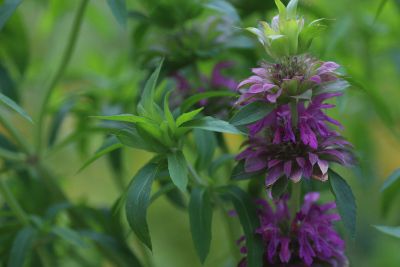What is Lemon Bee Balm?
Monarda citriodora is a member of the mint family. Some other common names for lemon bee balm plants are purple horsemint, lemon mint, plains horsemint, and horsemint. Lemon bee balm is an herbaceous annual that is native to the central and southern U.S. and northern Mexico. It’s fairly common along roads and in pastures or prairies in these areas. Lemon mint grows to about 30 inches (76 cm.) and produces tight, spike-shaped clusters of lavender flowers.
Lemon Bee Balm vs. Lemon Balm
Lemon bee balm is often confused with lemon balm, another member of the mint family. Lemon balm is Melissa officinalis and is hardier, growing in slightly colder zones of the U.S. It grows in a large clump up to 3 feet (91 cm.) wide and 2 feet tall (61 cm.). The flowers are spiky, pale yellow clusters.
Lemon Bee Balm Uses
There are several good reasons to grow lemon bee balm plants in your garden. Many gardeners choose this plant for its ability to attract pollinators and for its delightful, lemony aroma. As an herb, it also has some culinary uses. The leaves add a lemon flavor to cooked foods, salads, and teas. They can also be used in potpourri mixes.
Lemon Bee Balm Care
Growing lemon mint is easy. This herb tolerates poor and rocky soils and actually prefers soil that is sandy or with limestone. It will need full sun to thrive, although it can tolerate a little shade. Once established, watering requirements are low. Lemon bee balm can get by in dry soils. Although it is an annual, it will readily propagate by seed. If you leave flowers in place, this plant will spread. In fact, it can overrun areas of your garden, just like mint, where conditions are optimal. If you are starting from seed, simply rake the seeds into the soil in early spring or in fall in warmer climates.
